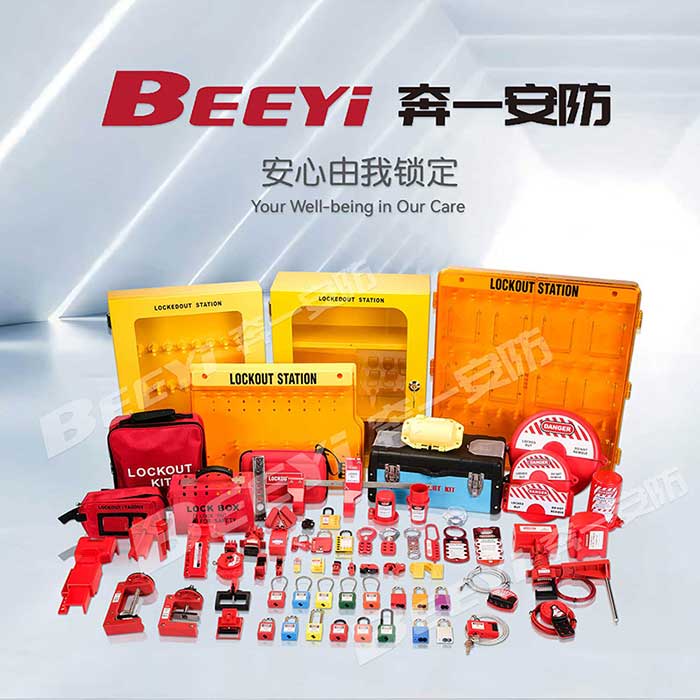understanding lock out equipment: ensuring safety in the workplace
Release time:2025-09-27 03:12:35
In various industries, particularly in manufacturing and construction, worker safety remains a paramount concern. One critical aspect of ensuring workplace safety during maintenance and repair tasks is the implementation of lock out equipment. Lock out equipment is designed to safeguard workers from unexpected machine start-ups and the accidental release of hazardous energy. In this article, we will explore the essential components, benefits, and best practices associated with lock out equipment, underscoring its importance within an effective safety management system.

Lock out equipment encompasses a range of devices and procedures that work in conjunction to prevent unauthorized operation of machinery during maintenance activities. This equipment includes lockout devices, tags, and equipment designed to secure power sources or energy controls. Lockout devices might consist of padlocks, hasps, and various mechanical devices that prevent the accidental re-energization of equipment. Tags, on the other hand, provide essential warnings to indicate that the equipment is under maintenance and should not be operated.
The importance of lock out equipment can be highlighted through various benefits it offers to both workers and employers. Firstly, by implementing lockout/tagout (LOTO) procedures, workers are protected from potential injuries resulting from unexpected machine start-ups. Many accidents occur when machinery is inadvertently activated while maintenance personnel are working on them. By ensuring that the equipment is locked out, the risk of such incidents is significantly reduced.

